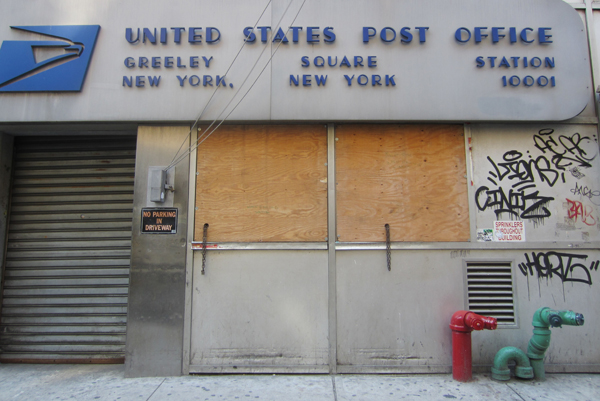
AP Automation
13 Mar The 4 most pointless business practices
Small business can be forgiven. When you start a business you want to get it right and there isn't always the time to understand why you do all things you do. You need a website. Why? Because you do. And a twitter account and a Facebook page. And you need an office and a store with a shop window display and an accountant and letter-headed paper and business cards. Still don't quite know why but better safe than sorry. Big business should know better but despite having years of experience, industry expertise, resource and time to deliberate on what really makes sense for their business, many continue pointless practices and, in many cases, they don't even know why they do them. These are my top 4 pointless business practices11 Mar The Post Office – the most compelling business case for e-invoicing
Posted at 04:20h
in AP Automation, e-invoicing, Electronic Invoicing, Financial Supply Chain Management, Purchase to Pay, Purchase to Pay Process, Supply Chain Finance
New York - the lights, the excitement, the glamor, the Post Office. A compelling argument for electronic invoicing.
[caption id="attachment_7294" align="aligncenter" width="540"] This Post Office in the heart of Manhattan - one of the busiest and commercially vibrant cities in the world - is open for business. I stood in line for 45 minutes to buy a stamp.[/caption]
This Post Office in the heart of Manhattan - one of the busiest and commercially vibrant cities in the world - is open for business. I stood in line for 45 minutes to buy a stamp.[/caption]
